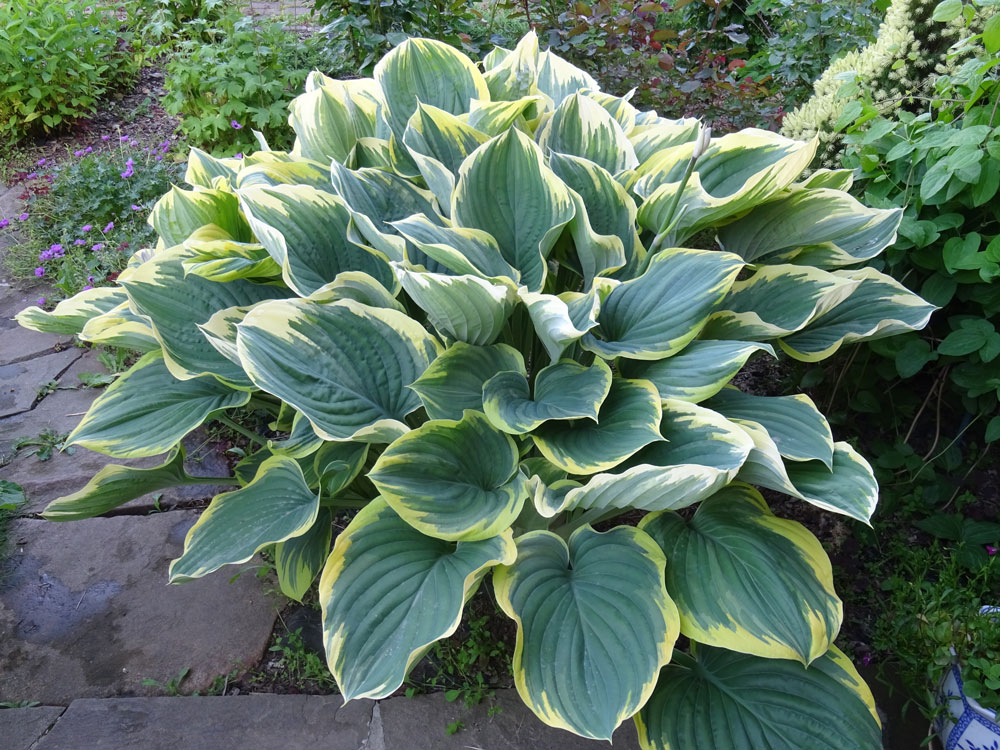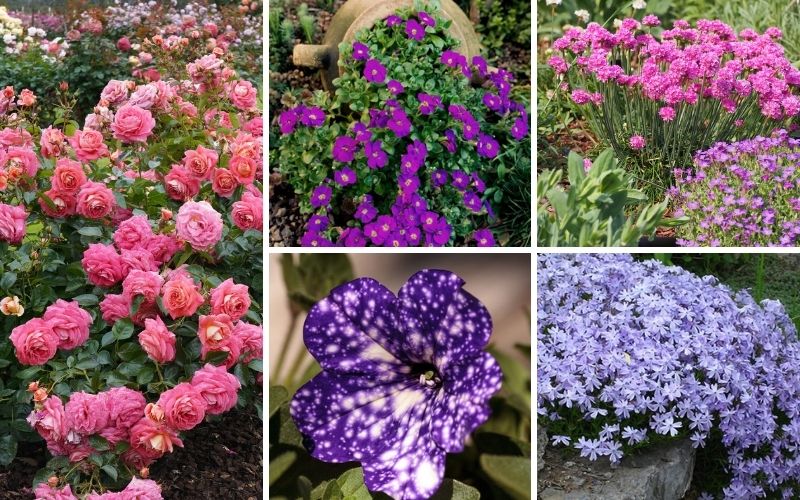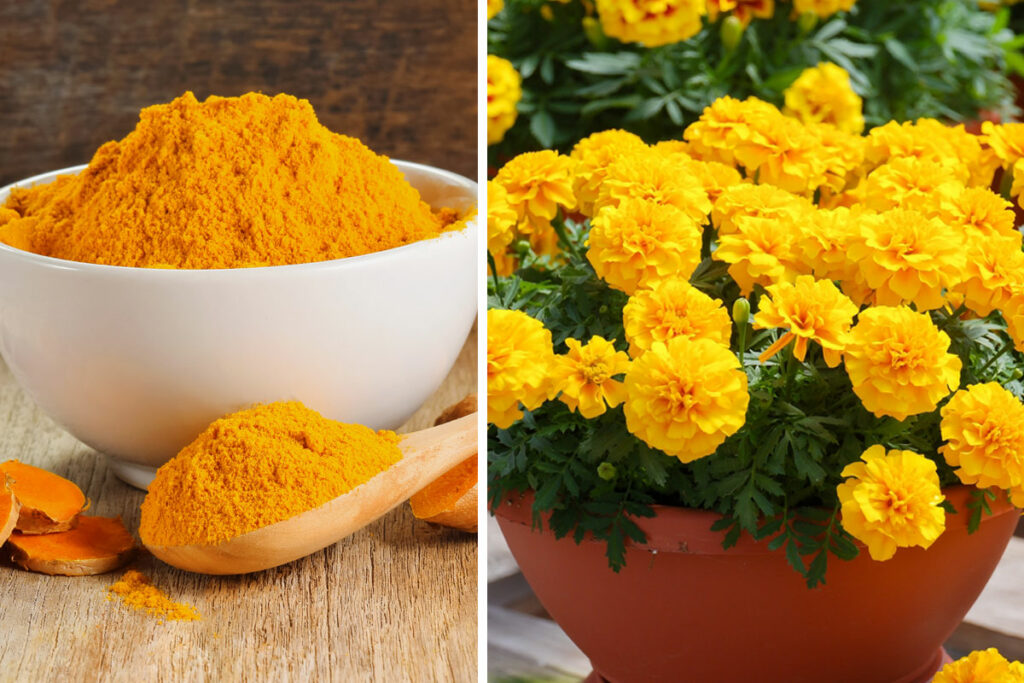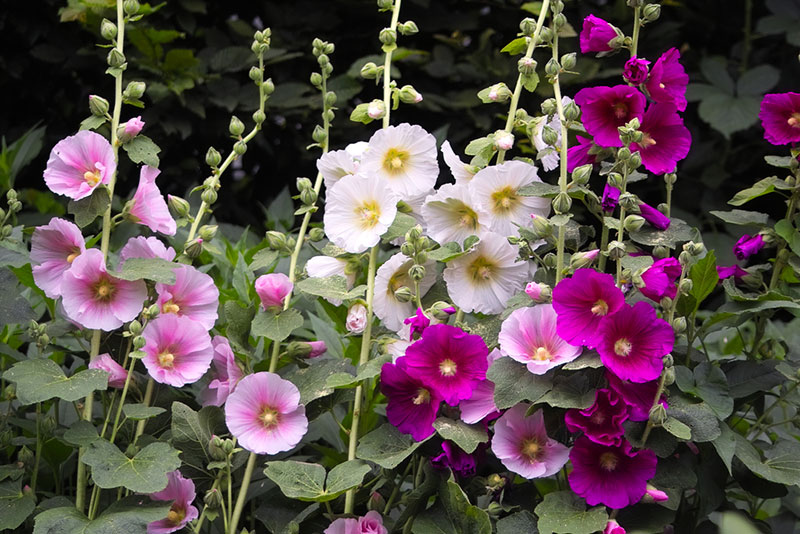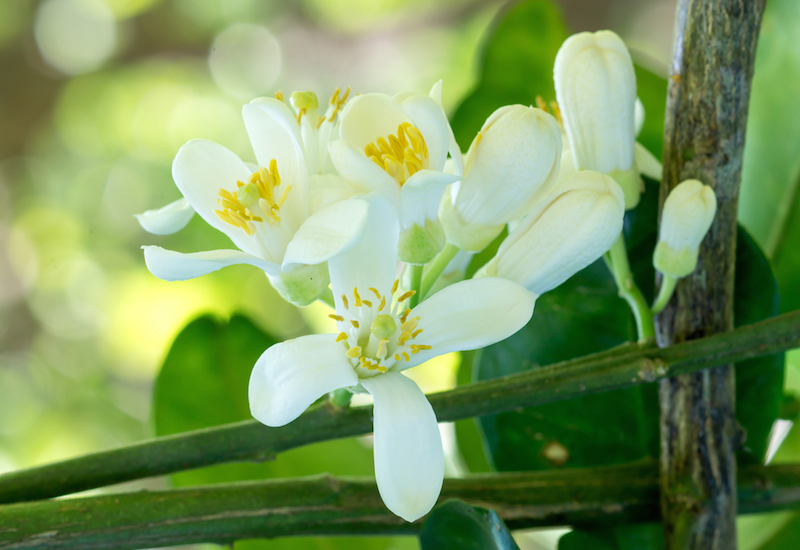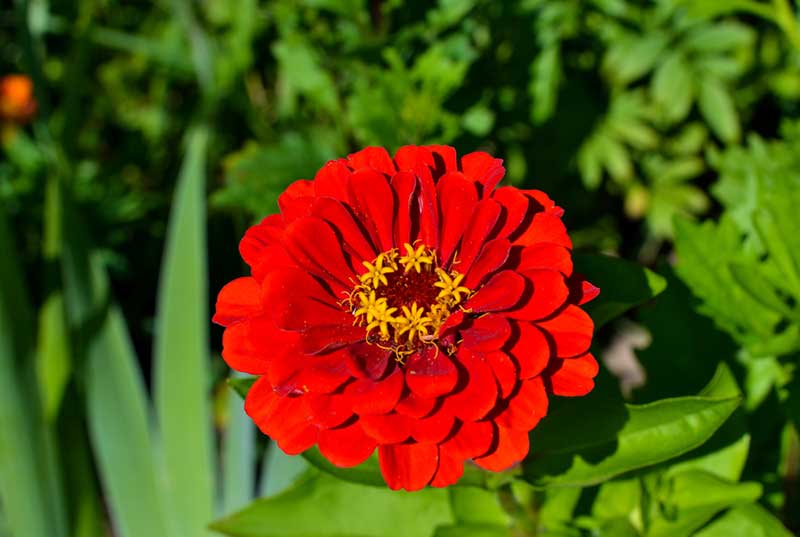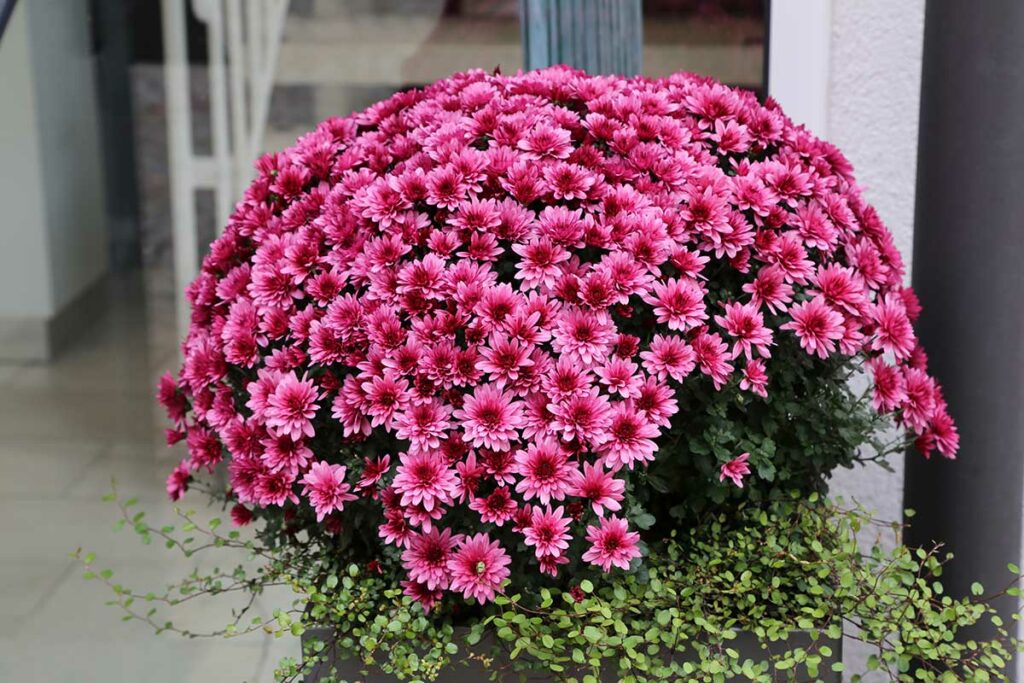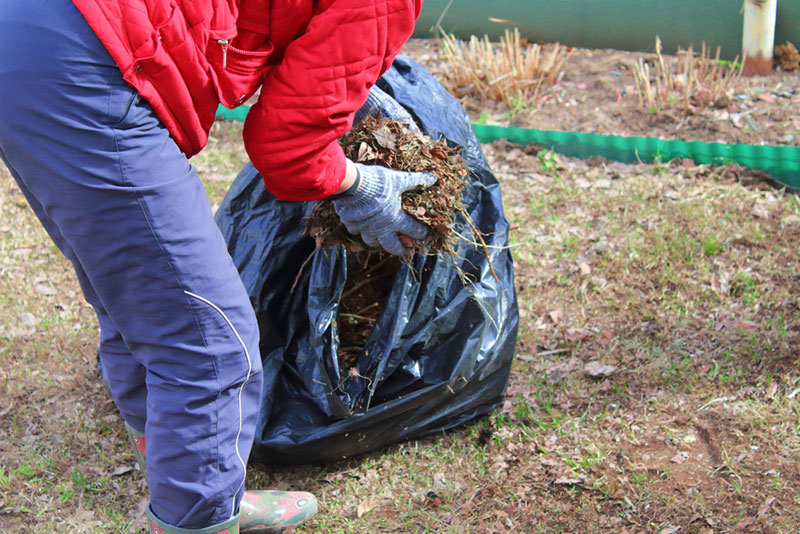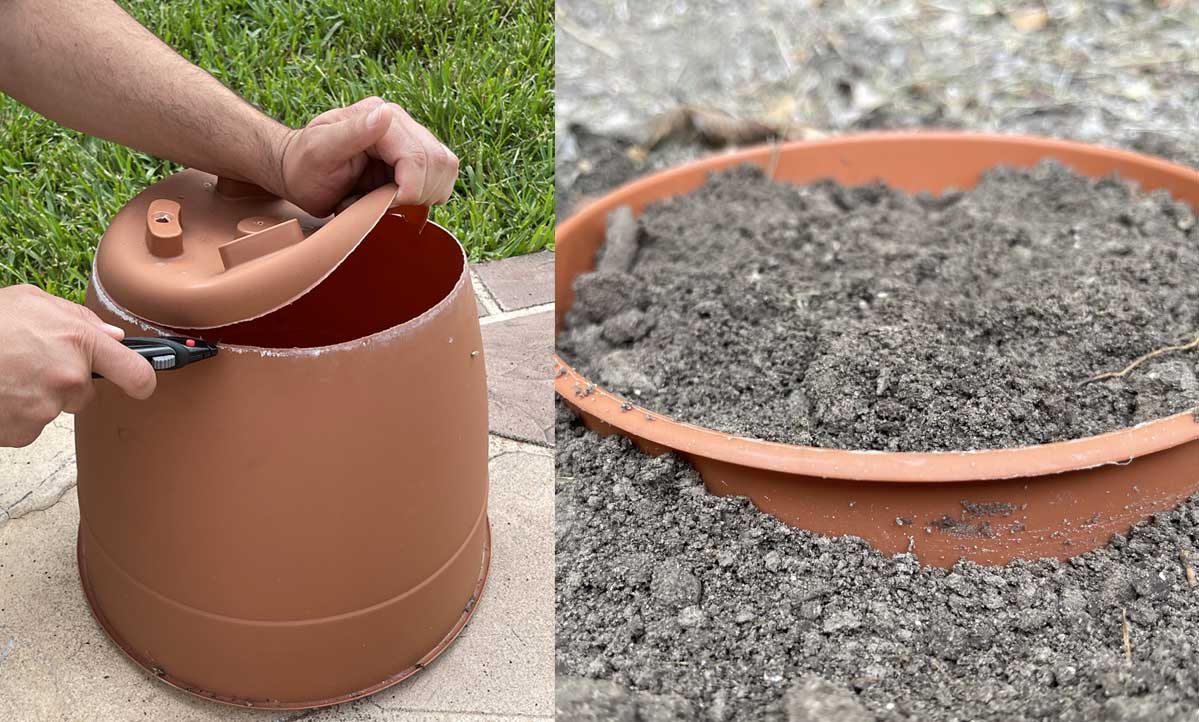
Invasive plants are more than simply plants you didn’t intend to grow in your garden and don’t want there. Many of these are just weeds you can simply pull and be done with. Invasive plants, however, spread quickly and hoard all the space and nutrients the plants around them need for survival.
In fact, many invasive species’ are non-native species’ that also overtake nearby root systems, destroying the native species there.
Left unchecked, these invasive plants can overrun your garden and become the only viable species’ growing there.
Fortunately, there are several things you can do to protect your garden against invasive plants.
Spread Mulch
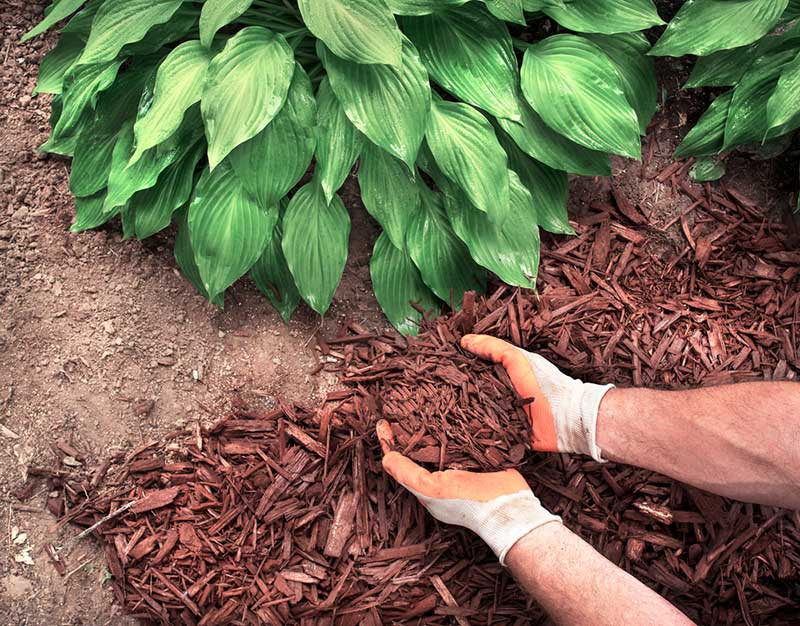
Many invasive species reproduce by dropping seeds that germinate into fresh seedlings.To stop these prolific plants in their tracks, lay a thick layer of mulch around your plants. This will help discourage those seeds from taking root.
Corral Them With a Pot or Pail
Many other invasive plants multiply by sending out roots that sprout new plants. Instead of venturing to kill these hard-to-kill types of plants, you can just divert them around your plants.
To herd this type of unwanted plant, make a plastic corral for each of your plants.
Simply take a utility knife and slice off the bottom of a planter at least 10 inches deep. Then, bury your newly made plastic corral around one of the plants you’re trying to protect.
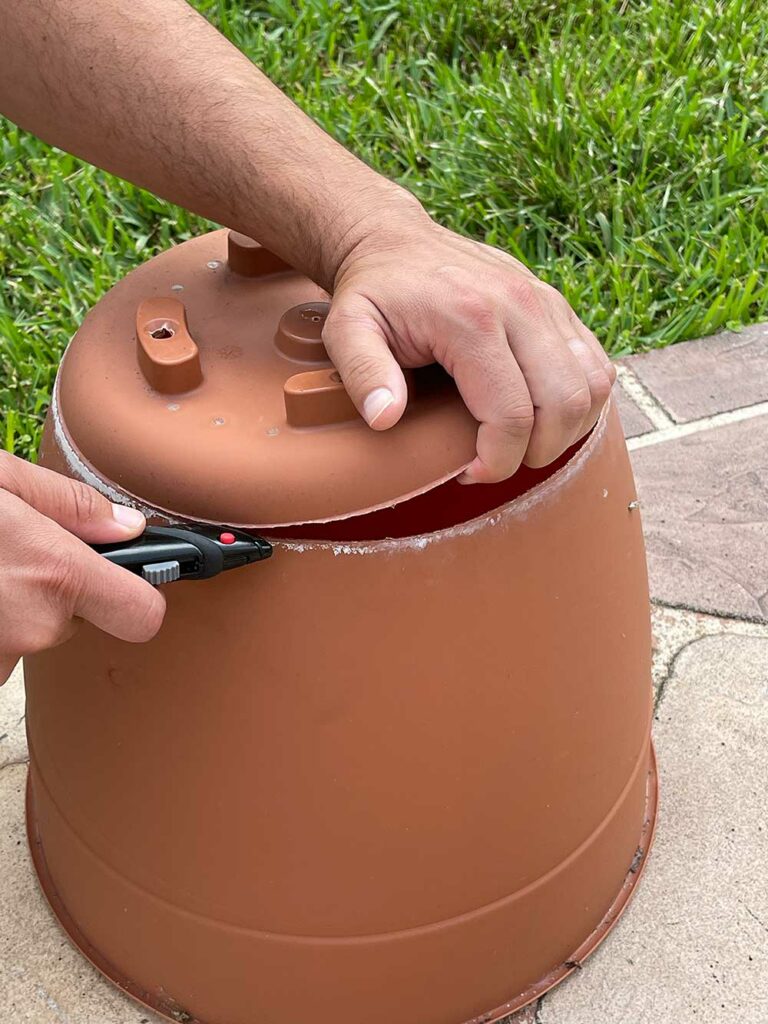
The 10-inch minimum depth is necessary because that’s how far below the surface of the ground you need to stick the corral in order to prevent the invasive plant’s roots from sneaking in beneath them.
Note that certain invasive species’ that multiply by spreading roots do so above ground rather underground, such as mint and strawberry. For these species’, the corralling trick won’t work.
Spray Weed Killer
Sometimes, you may need to resort to weed killer to rid your garden of invasive plants. If health, safety and environmental responsibility are concerns, there are plenty of natural, non-toxic weed killers you can try, or you can simply go for the most powerful one you can find.
Either way, be sure to spray it on only the plants you’re trying to kill and not the plants you’re trying to protect and keep. The younger the weeds, the more effective this technique is likely to be; the younger the plants you’re growing on purpose, however, the greater the risk of killing them too.
Do-it-Yourself/All-natural Weed Killer
As an alternative to store-bought weed killer, you can also make your own weed killer, such as one made by mixing one cup of bleach with two to three cups of water. Avoid dumping a full bleach solution on the plant as it could very well contaminate the water spreading to the other plants nearby.
You could also pour apple cider vinegar over the invasive plants instead. While vinegar is still toxic to plants, it is much less so than bleach and, therefore, fine to use at full strength. Direct the flow as close to the plant’s root system as possible.
Dig Them Up
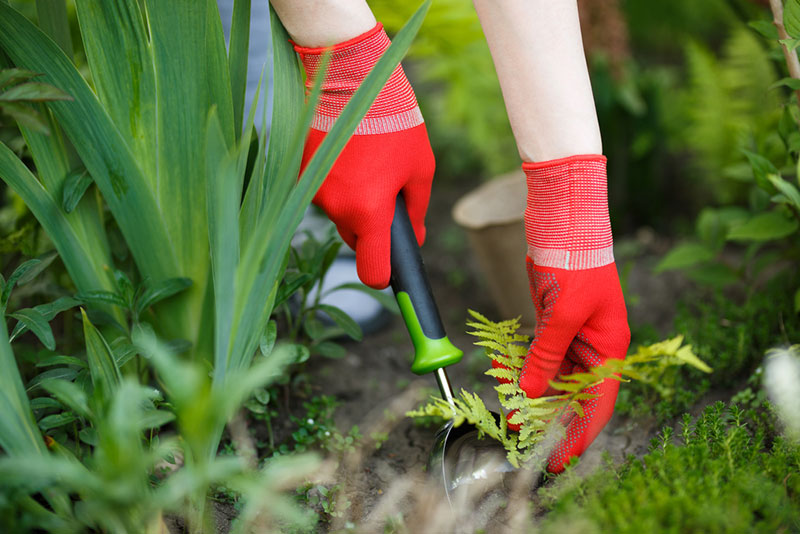
Certainly, the most effective and permanent solution to invasive plants in your yard or garden is digging them up and properly disposing of them. This is also the hardest and most time-consuming solution, however, as you must be sure to dig up all the roots to prevent any regrowth.
Depending on the size of the invasive plant, you can either use a spade or hand shovel or a regular shovel. The best time to perform this labor is during the fall and spring while the soil is most conducive to digging, ie. moist yet crumbly.
The bonus to this technique is that, once you’re done removing the invasive plants down to their roots this way, you’ve now prepped the soil perfectly for planting some durable and resistant native plants, such as ground cover, ornamental grasses, shrubs and trees.





